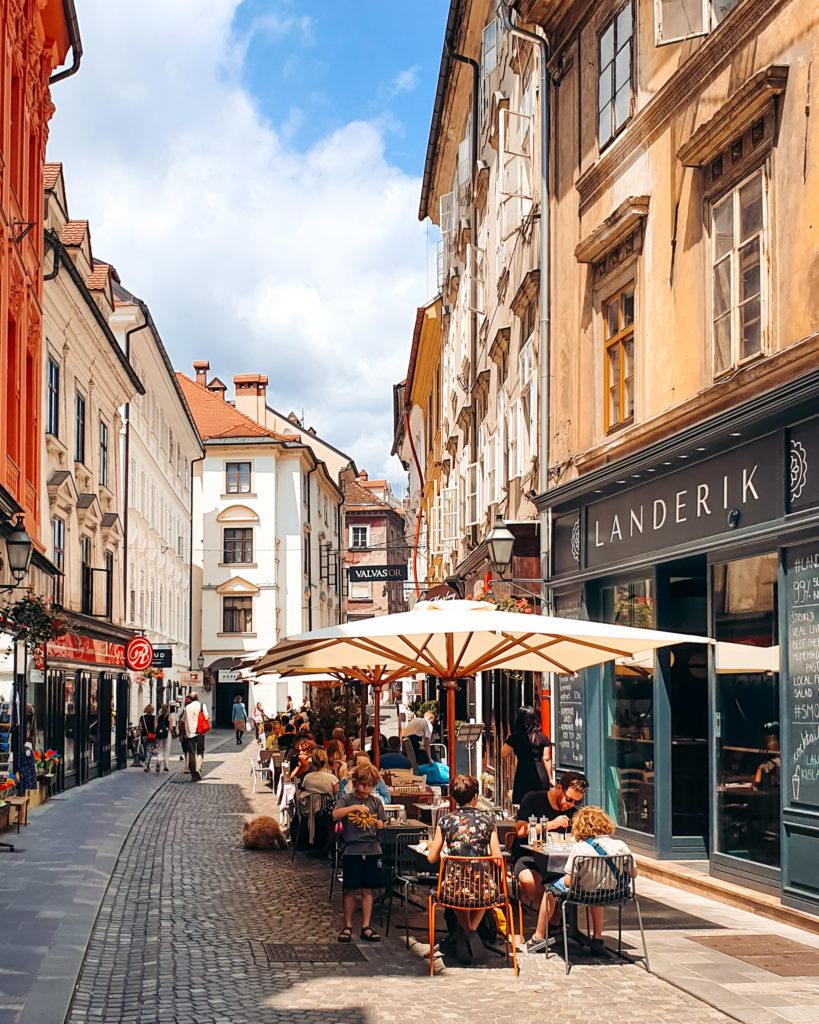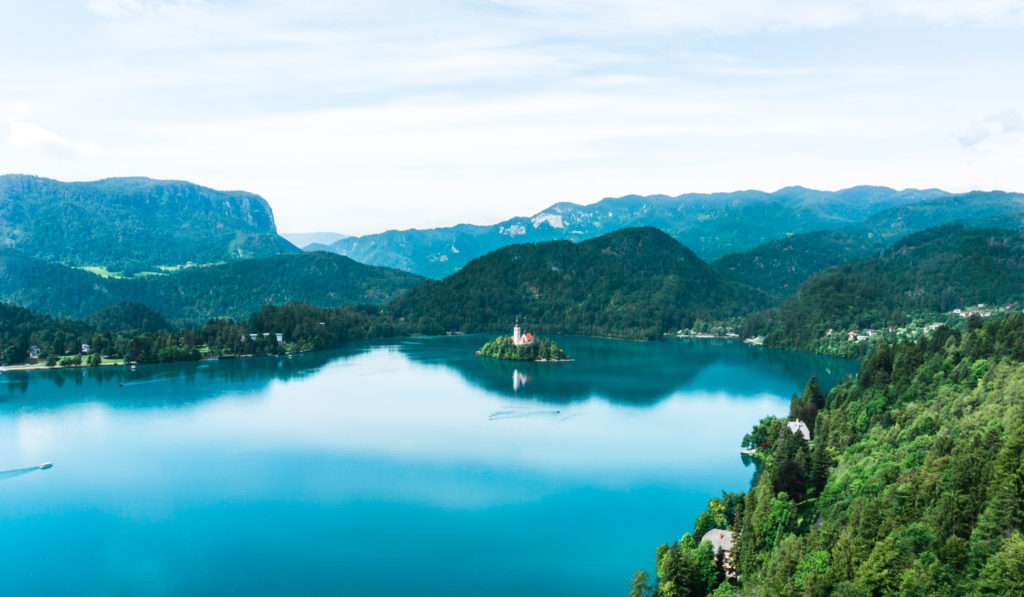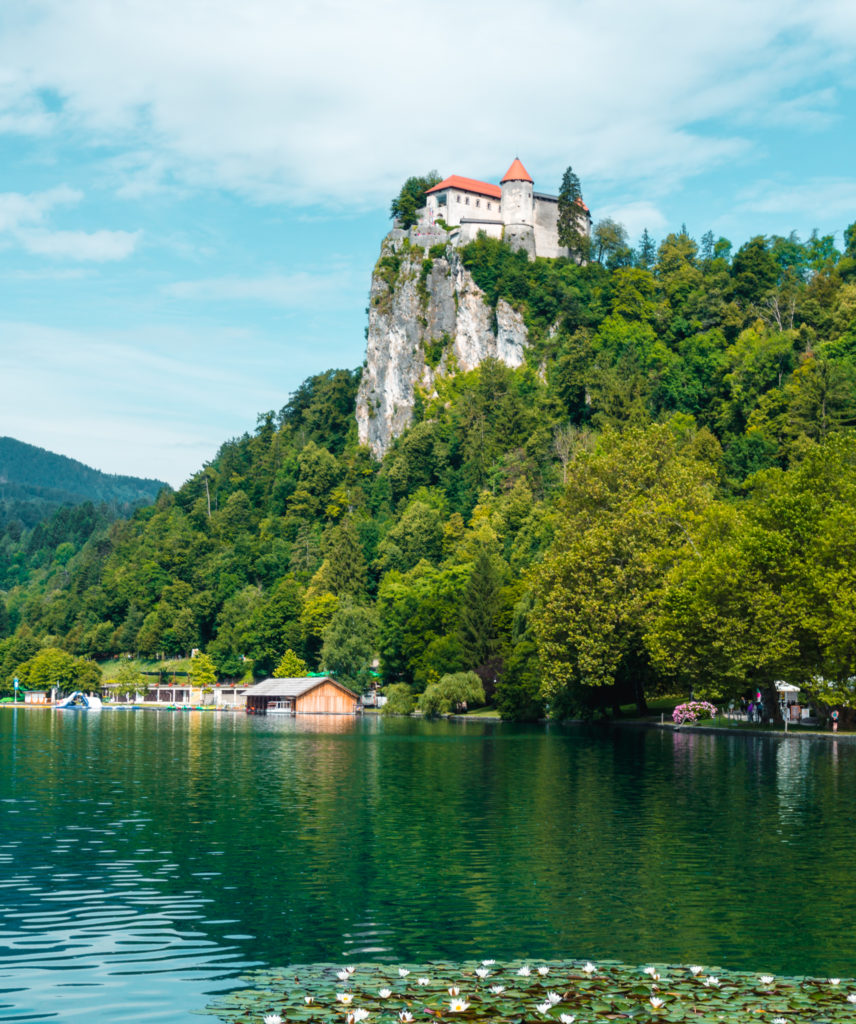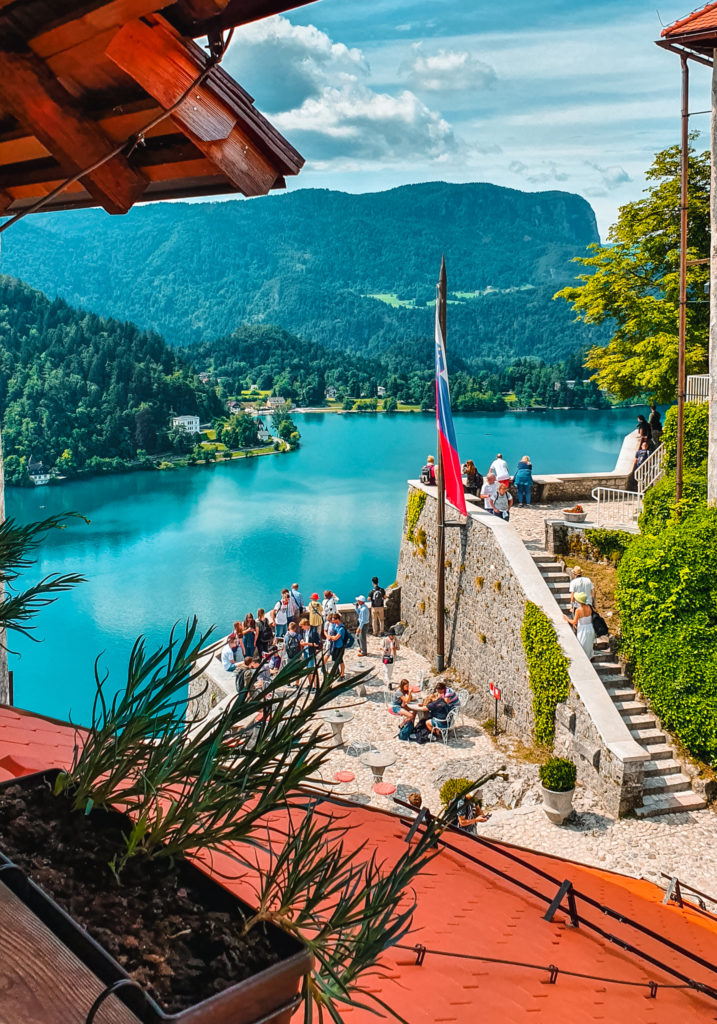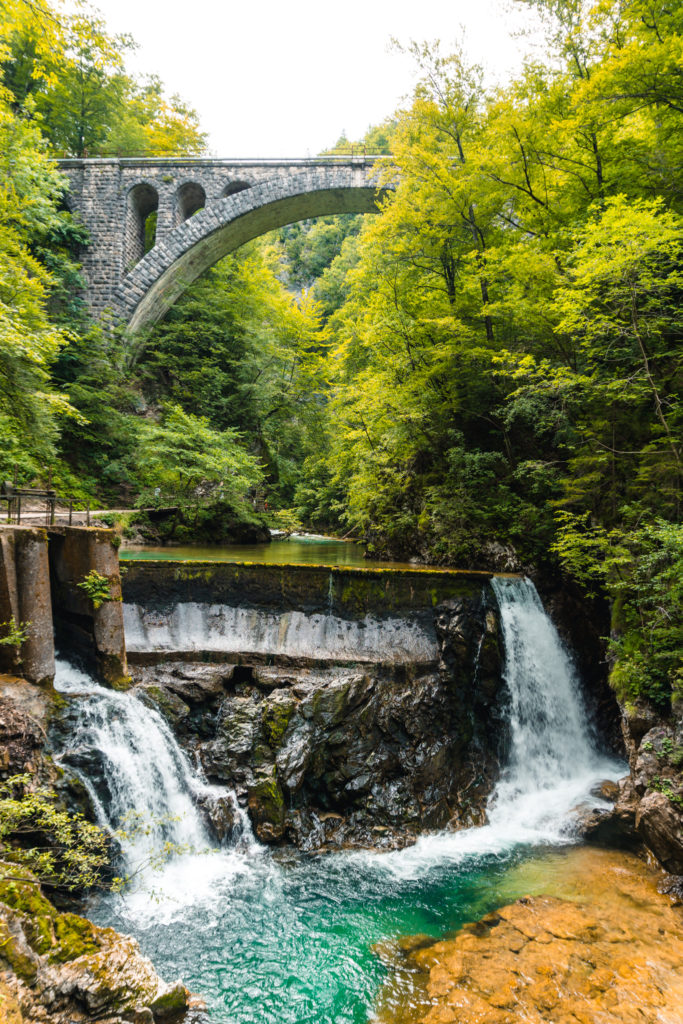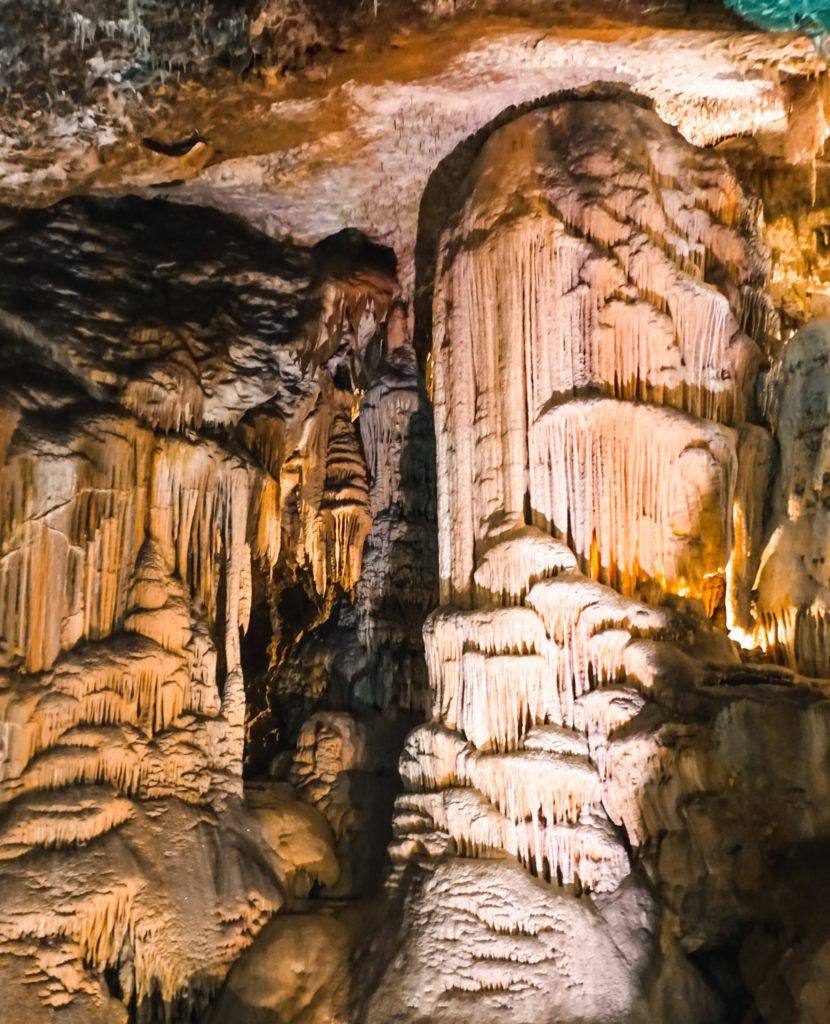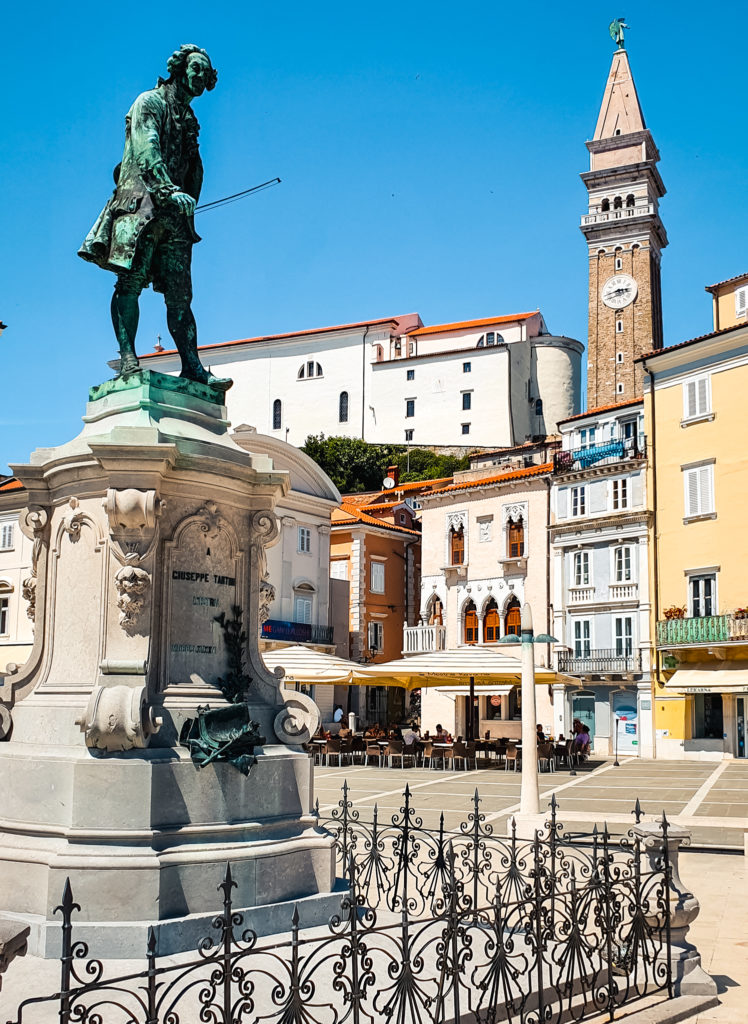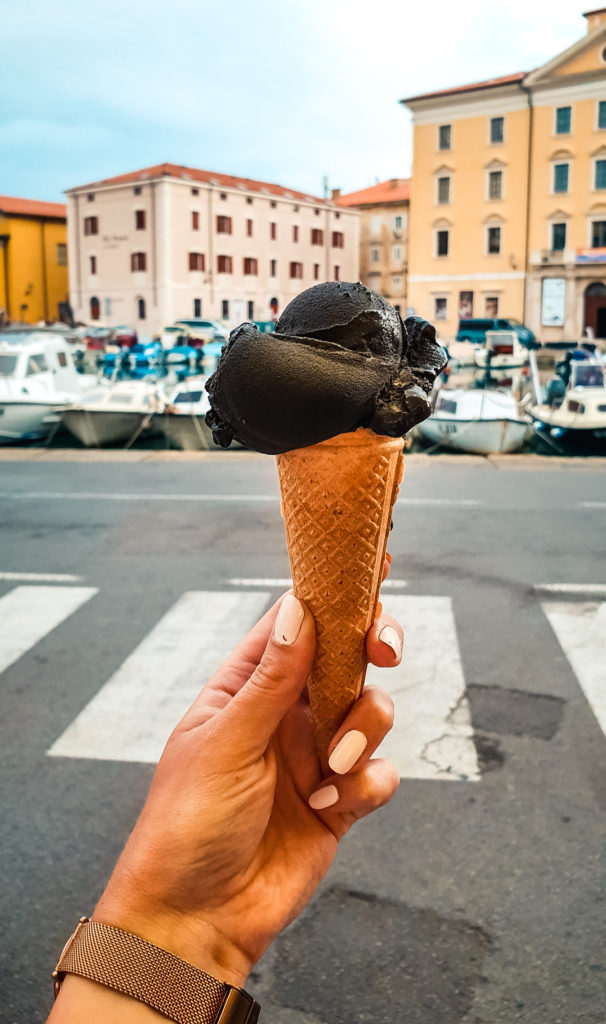6 places that will make you fall in love with Slovenia
Tucked between its bigger and more popular neighbours, small Slovenia is often overlooked. But imagine rolling green hills, turquoise lakes and rivers, snow-capped mountain peaks, rustic coastline and charming towns. The raw, wild nature leaves you speechless. This is Slovenia to me. And I hope that I will make you fall in love with it too!
Let’s start with some basic info.
Slovenia is a country in Central Europe, bordered by Italy to the west, Austria and Hungary to the north, Croatia and the Adriatic Sea to the south. It’s also a part of the EU and Schengen Area, the local currency is the Euro. The official language is Slovenian, but a lot of people speak English too.
And because of its small size, you can swim in the sea in the morning and climb mountains in the afternoon!
The population counts just over 2 million people, of which 290,000 live in the capital city of Ljubljana.
Ok, so now that you know just a bit about Slovenia, let’s jump into it! Starting with the city mentioned above.
1. Ljubljana

Ljubljana is the first city I visited in Slovenia and it grabbed me instantly. It’s so peaceful but lively, with vibrant and pretty architecture, bridges stretched over the Ljubljanica River, and a castle sitting on the top of the hill, all of this effortlessly mixing with the modern buildings. And you can visit all of the main attractions in one day, easily! Win-win 😉

The main attraction is the Ljubljana Castle.
It’s standing atop Castle Hill and towering over the city and it’s visible from everywhere you are.
There are 2 ways of getting to the castle: you can either walk up the hill or save your legs and jump on the 70-m long funicular railway! The climb is not very strenuous, the path is mostly shaded, but some parts are quite steep. If you prefer the funicular, head to the station just behind the Old Town’s Vodnikov trg.
One-way adult ticket costs €3.30, discounted one €2.30. The funicular ride takes only 60 seconds, so you don’t have that much time to enjoy the views 😉
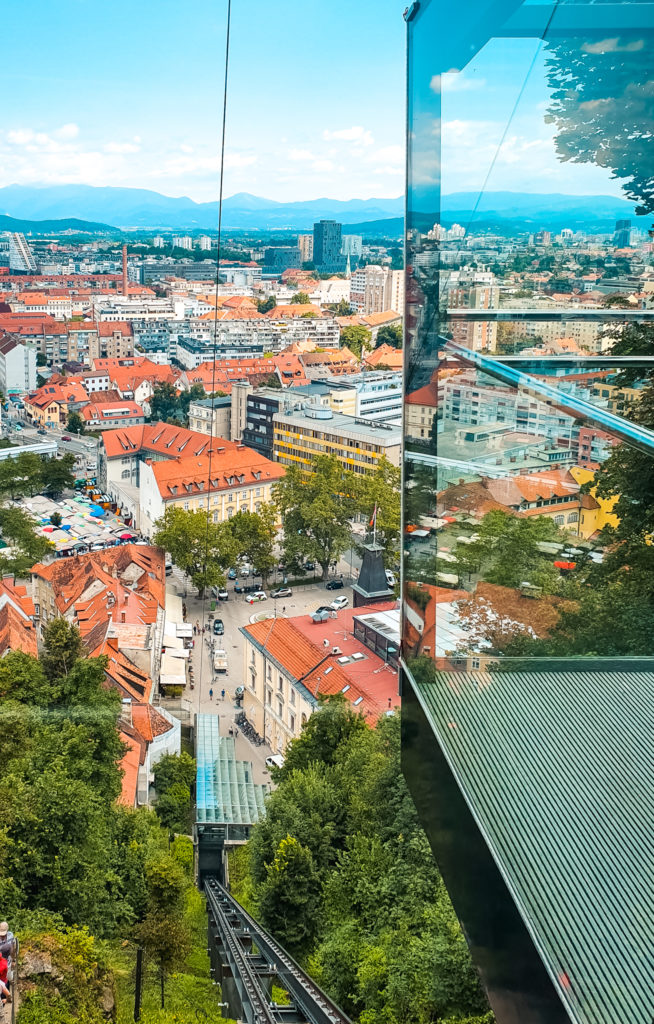

Originally a medieval fortress, it was probably constructed in the 11th century and rebuilt in the 16th century after a devastating earthquake. Since the early 19th century it was used for various other purposes (hospital and prison for example) and today is a major cultural venue.

When on top you can explore the castle’s various attractions at your own pace, or join one of the 90-minute Time Machine Tours, led by costumed guides.
For the best panoramic views of the whole of Ljubljana go to the Outlook Tower. The 95-step climb is well worth it!

The other things to do include the remarkable Chapel of St George, the Slovenian History Exhibition and the Museum of Puppetry. And if you get tired, take a seat on one of the benches in the courtyard, grab a coffee from a Castle Café or get something to eat at one of two castle restaurants (Strelec and Gostilna na Gradu).
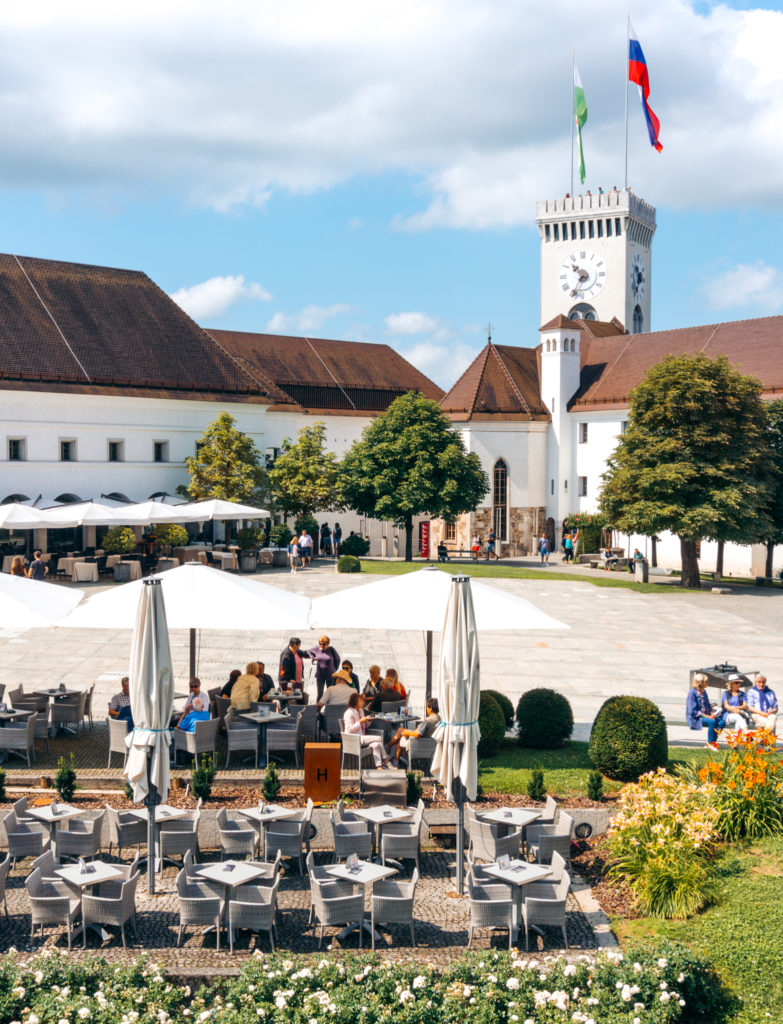
Please also note that the Ljubljana Castle is a cultural monument, so visitors are not permitted to bring food and beverages into the indoor and event spaces.
The tickets start at €12 for entry only to the Castle, but there are a lot of pricing options, so you can mix and match. For more information, you can visit the Ljubljana Castle Website.
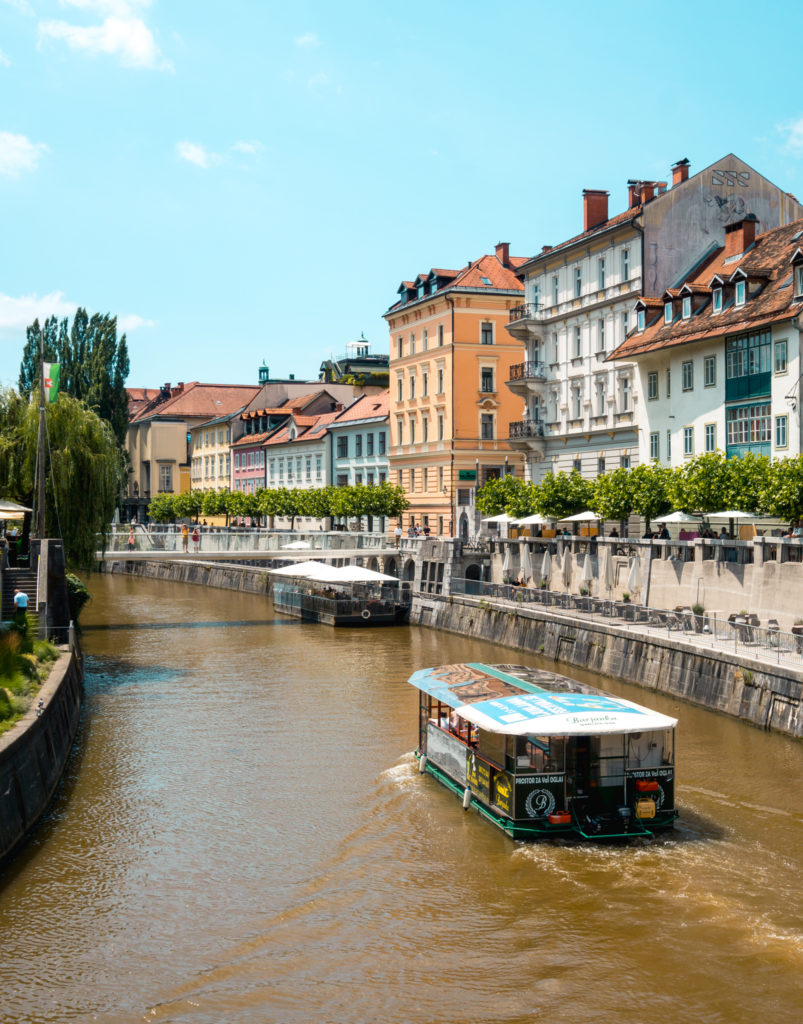
The Ljubljanica River and its 6 bridges are one of the most recognisable features of the city.
Dragon Bridge is the most famous one and a symbol of Ljubljana. Decorated with four dragon statues, is a superb example of an early reinforced concrete bridge in the Vienna Secession style.

Fun fact: According to local legends, when a virgin crosses the bridge, the dragons will wag their tails 🙂

Triple Bridge has stood in its place since 1842, but back in the day the then wooden middle bridge was the only one there and it wasn’t wide enough to handle both the vehicle traffic and pedestrians. Jože Plečnik (Slovene architect extraordinaire) designed two side bridges next to it. He gave his three bridges a uniform and unique appearance by adding a Venetian-style balustrade reminiscent of the Rialto Bridge in Venice.
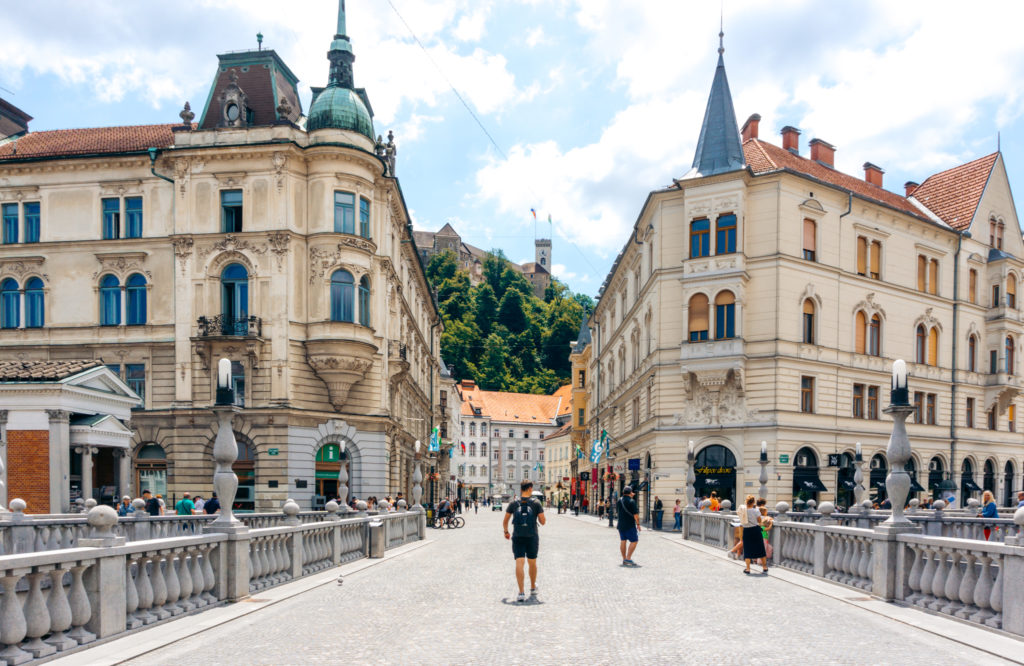
Decorated with mythological bronze sculptures Butcher’s Bridge is the one most popular with couples, as you can find love padlocks attached to it on both sides.

You can of course take a boat tour on the river or rent kayaks and explore Ljubljana from the water!
One of the best things to do is to take a walk down the boulevard-like Mestni Trg – Ljubljana’s Town Square.
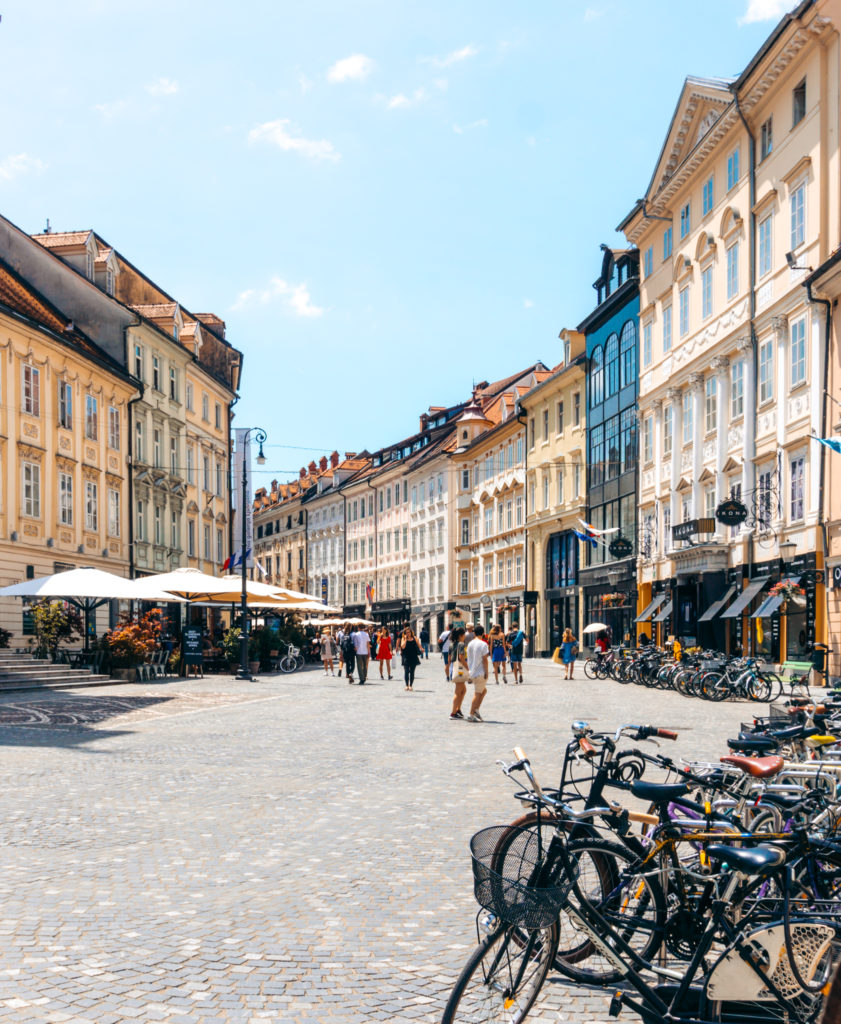

Admire the Town Hall building, a replica of the Baroque Robba Fountain and the St Nicholas Cathedral.

Try local food at many restaurants positioned along the whole length of the Trg or buy some local produce (try the chocolates, honey, salts or soap!).
And if you venture a little bit further out from the Old Town you will find Nebotičnik Skyscraper with a terraced rooftop Café – and that’s another amazing vantage point. Views from the top of the 70-metre building are opening out in all directions.

Pro tip: you don’t have to pay for entry to the Café or buy anything to experience the views, just walk straight through and out on the terrace. But it is always nice to buy even just a coffee to contribute to the local business 😉

My personal bonus tip: if you’d like to try something else, go and have some laughs in the House of Illusions. It is exactly what it says in the name, so you kinda know what to expect. But I had not expected to have as much fun as I did!
Check out their website if you’re into such a thing 😉
One thing I noticed was how green the city is! Ljubljana is actually one of the cleanest and greenest cities in Europe and it holds the title of the European Green Capital 2016, not only because of its parks and lots of greenery, but it’s one of the environmentally-friendly towns.

The historical centre of Ljubljana is closed off to motor traffic, fountains offer naturally potable free water throughout spring and summer, and public buses are methane-powered to reduce emissions.
It is also the first capital in the EU to take part in Europe’s Zerowaste program and the diversity of recycling bins is admirable. What’s not to like?
2. Lake Bled
Probably the most known, most photographed and most instagrammable location in the whole of Slovenia! The azure waters of the lake, a cute church on the island, a medieval castle nestled on the edge of a rocky cliff, rowing boats and traditional pletnas make it the most popular destination in the country. You can go swimming, kayaking, hiking, cycling… and then eat a cake! But keep on reading 😉
The lake is located in the Julian Alps region in the northwestern part of Slovenia, around 55km away from Ljubljana, so it takes roughly 45 minutes to get there by car.

The most prominent feature must be Bled Island with a lovely Church of Assumption of Mary. A truly picture-perfect sight, won’t you agree?

You can rent a rowing boat and use your muscles to get to the island. But if you’d like to have other people do all the hard work for you, go ahead and go on the pletna – a traditional wooden boat, gondola-like. They are typical of the area and made by locals.
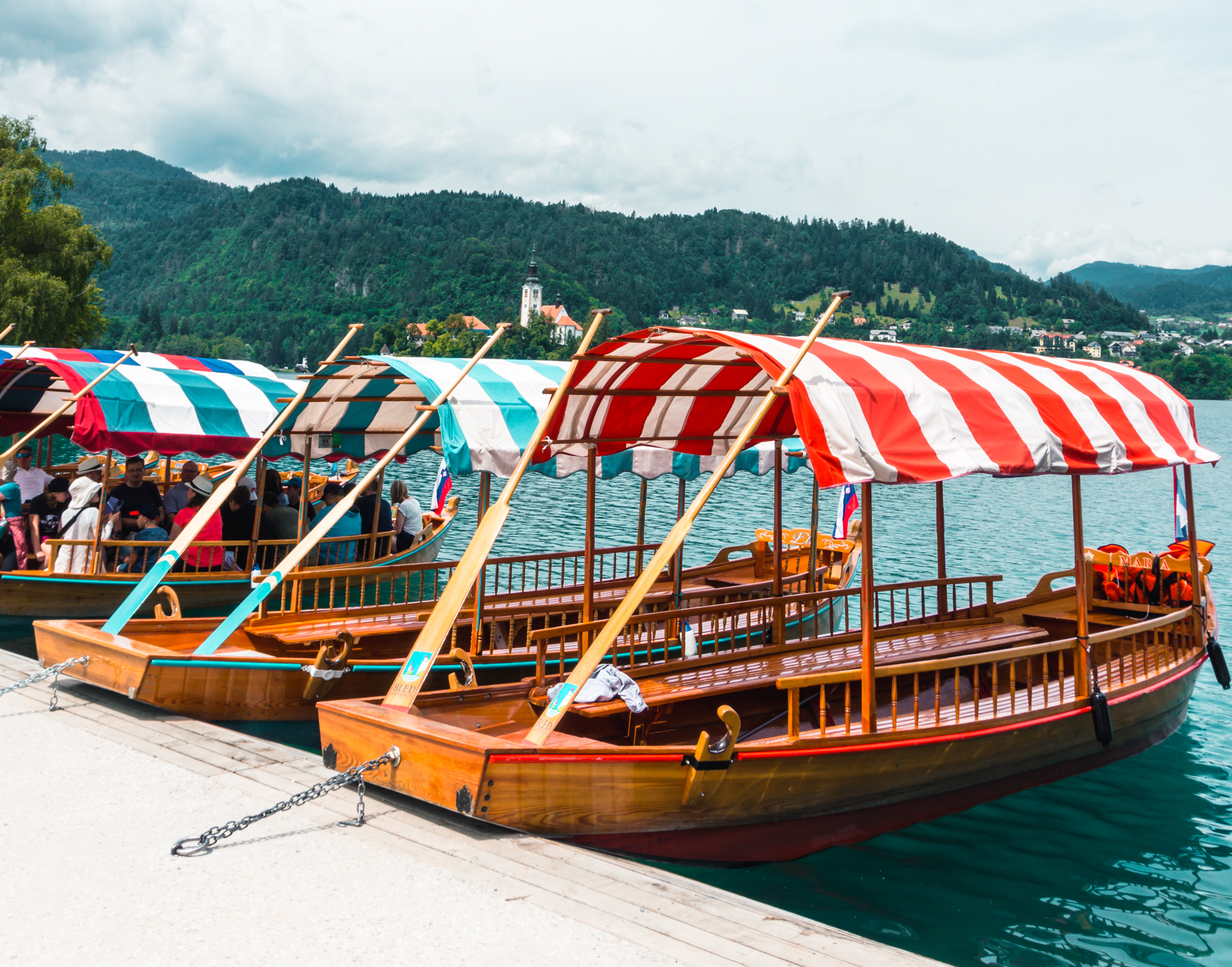
The boat is propelled with the special stehrudder technique, where the oarsman is standing and rowing with two oars.
These boats take up to 18 people, so sometimes you have to wait for the boat to fill up! Expect to pay €10-12 per person for a return trip.

After landing you will have to climb 99 stone steps to reach the Assumption of Mary Church. A legend has it that if you want your wishes to come true, you have to listen to the church bell and ring it yourself.
There is no charge to visit the island itself, however, there is an admission fee to enter the church (€6 per person).

But did you know that just next to the lake you can admire one of the most beautiful and breathtaking locations for a castle?
Bled Castle is perched on the verge of the 130-metre cliff and you can see it from the road when you’re driving into Bled, from a couple of kilometres away. Plus, according to written sources, it is the oldest castle in Slovenia, dating back to 1011. And the views from it are just stunning!
You can do what we did, that is climbing up to the top of the hill, oh yes 🙂 The path and steps are in pretty good condition, but the climb itself might be a challenge for some. But there’s a road leading up to the castle and paid parking, so if you have a car you can choose this option.
The entrance fee is €15 for an adult, €9 with a student discount and €6 for kids under 14.
For more informaton please visit the Castle’s Official Website.
Now time for the CAKE. Yep, you simply cannot leave Bled without trying the famous kremšnita – the Bled Cream Cake.

It is a small cube of custard and whipped cream with pieces of puff pastry on the top and the bottom. In other words: YUM!
The current official recipe was created in 1953 and it’s estimated that more than 12 million cream pastries have been sold so far!
3. Vintgar Gorge
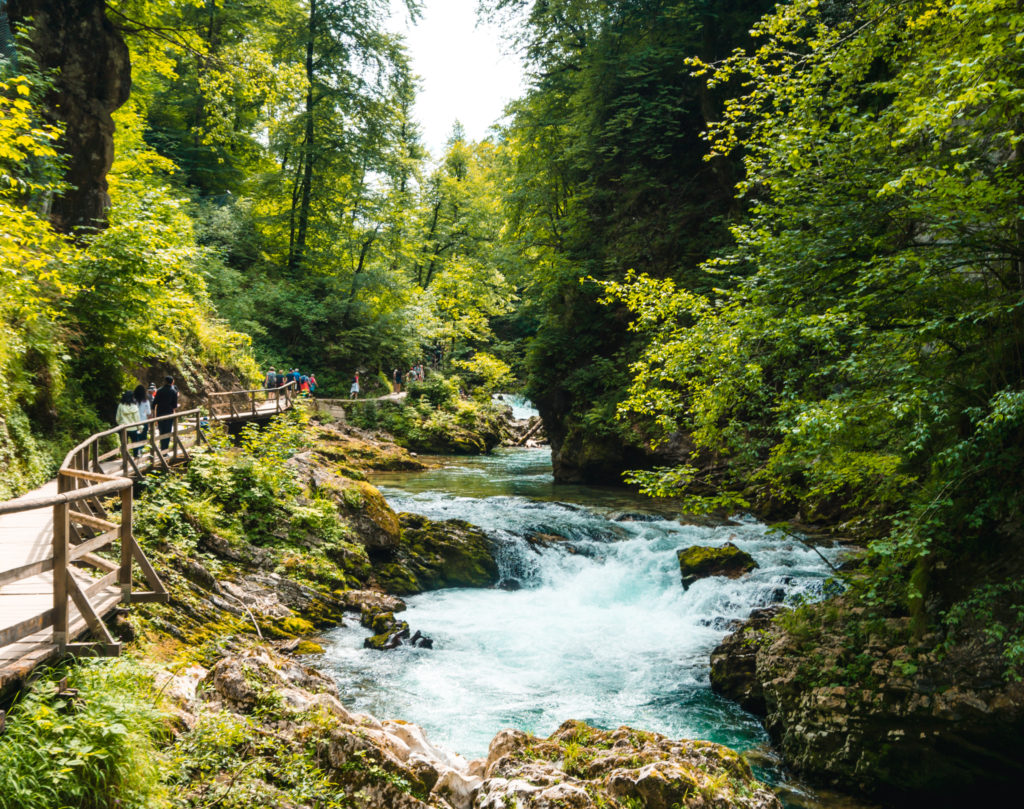
The Gorge, in my opinion, is unmissable. It is the most spectacular, breathtaking and magical place I’ve ever been to. Its cliffs, deep emerald-coloured rapid river, lush unspoilt nature and the largest waterfall in Slovenia are all intended to impress!
The 1.6-kilometre long and 250-metre deep gorge is carved by the Radovna River amidst the glorious vertical walls of Hom and Boršt hills.

The ravine was discovered in 1891, but the natural form of the gorge was impassable. It was soon arranged and opened for the public due to the tourist development of Bled, which took place already in those days.
There is a wooden walkway running all the way through the gorge, built-in 1893 and it’s been continually rebuilt ever since. The walkway is crisscrossing from one side to the other, suspended just a few meters above the icy cold river. But be careful, it can get wet and slippery at times. You will probably catch yourself looking up at the overhanging cliffs all the time, which rise more than 100 meters above the river at certain parts!
On the way, you can also admire this massive stone arch bridge of the Bohinj railway, built-in 1905, which crosses the 53 metres wide gorge 33.5 metres above the path.
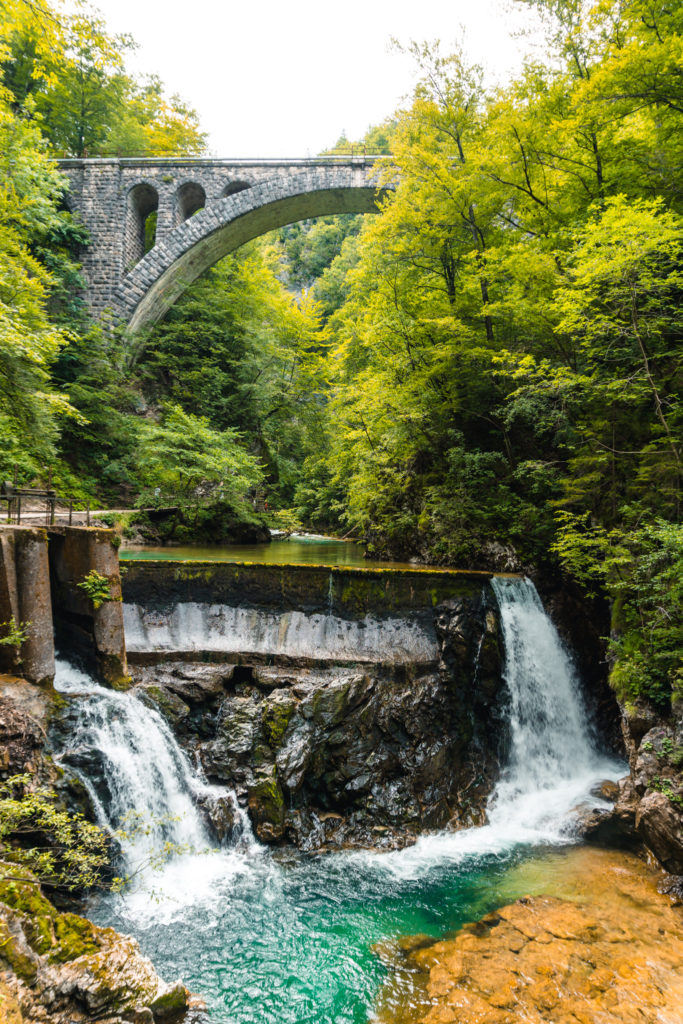
After approximately 1 hour of walking, you will reach the end of the path with a mighty 13-metre high Šum waterfall (literally, ‘noisy waterfall’).
Getting there:
Vintgar Gorge is located approximately 4 kilometres northwest of Bled, so it’s an easy drive from there. Park your car in a parking lot conveniently located just a short walk from the entrance (€5 per car) and head to the booth to purchase tickets (car park can fill up quite quickly in high season, so you might be turned away; it’s good to visit in the off-peak times, like early mornings or afternoons). The price of the adult ticket is €15, student/senior €10.
If you don’t have a car there is a Shuttle bus leaving from the main Bus station in Bled and taking you straight to the entrance. Prices start at €10.
4. Predjama Castle

Predjama Castle is perched halfway up a 123-metre cliff, where it has stood for more than 800 years. It even appears in the Guinness Book of Records as the largest cave castle in the world!
The first mentions of the Predjama Castle come from the year 1274. It was built in Gothic style first, then rebuilt, destroyed in an earthquake and this latest Renaissance version has been there since 1570, pressed next to a vertical cliff under the original Medieval fortification.
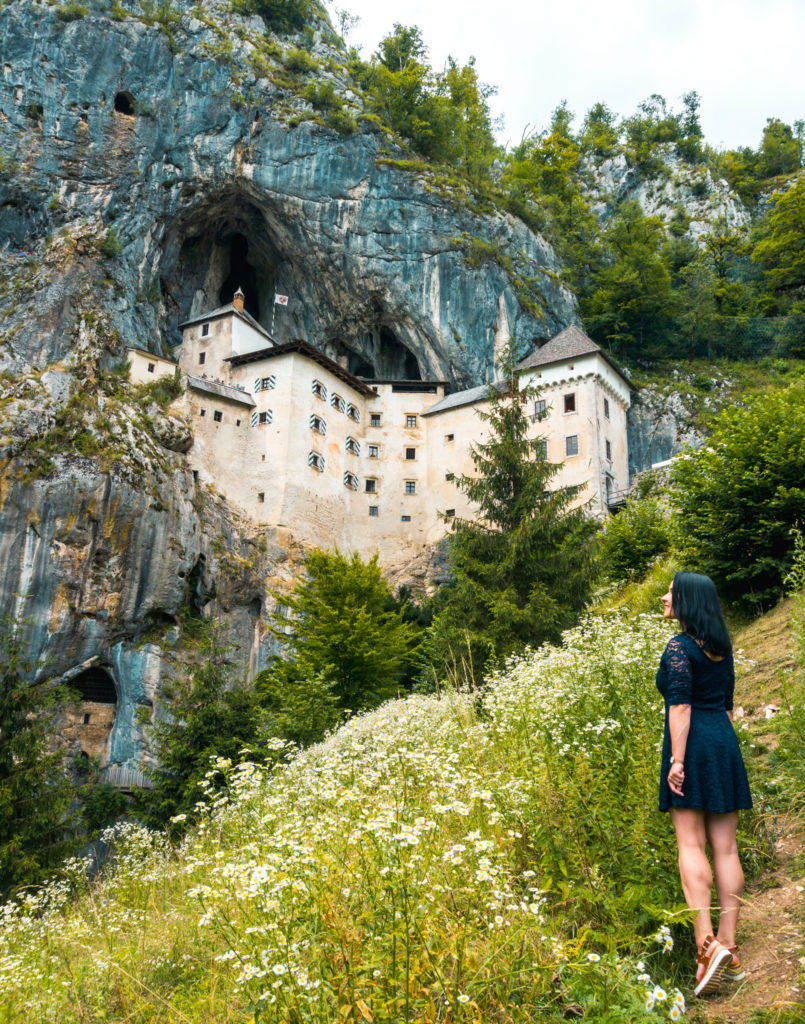
The castle has remained in this form, virtually unchanged, to the present day. It is actually the only completely preserved cave castle in Europe!
You can go inside the castle as well (I, unfortunately, run out of time 🙁 ). Adult entry costs €17.50, there are discounts for students and children. More info here.
5. Postojna Cave

Postojna Cave is the only place where you can see the most brilliant cave formations, ride the underground train on the world’s only double-track cave railway, admire the wonderful Murano-glass chandeliers hanging from the cave’s ceiling and also meet the baby dragons! Yes, you read that right 😉
The series of caverns, halls and passages are around 24km long and two million (!) years old.
To go inside the cave you have to join the tour.
Each Postojna Cave tour is accompanied by a tour guide, who provides visitors with tour commentary in Slovenian, Italian, English or German, but audio guides are also available in 17 languages.

The tour takes 1,5 hours and you will be sat in a train seat for most of it (so very cool, but rough and bumpy at times).
There are a couple of stops and guided walks along the way, so you have a chance to stretch your legs. The footpath is quite easy, but often slippery, so watch out!
The temperature inside the cave is constant throughout the year (a chilly 10 °C), so warm clothing and sports footwear are recommended. If you don’t have a jacket on you, you can rent a cape jacket for €5 🙂
The sights inside are truly impressive. There are several halls decorated with stalactites shaped like needles or spaghetti and stalagmites forming astonishingly high columns, pillars or translucent curtains.
The last stop of the tour is the Concert Hall, which is the largest in the whole cave and can accommodate 10,000 people for musical performances.

Ok, let’s talk about the DRAGONS now 😀
Olms (also known as the human fish) have been captivating people’s imagination since the beginning of time and legend has it that they are actually baby dragons. They can live for up to 100 years and can survive more than 10 years without food!
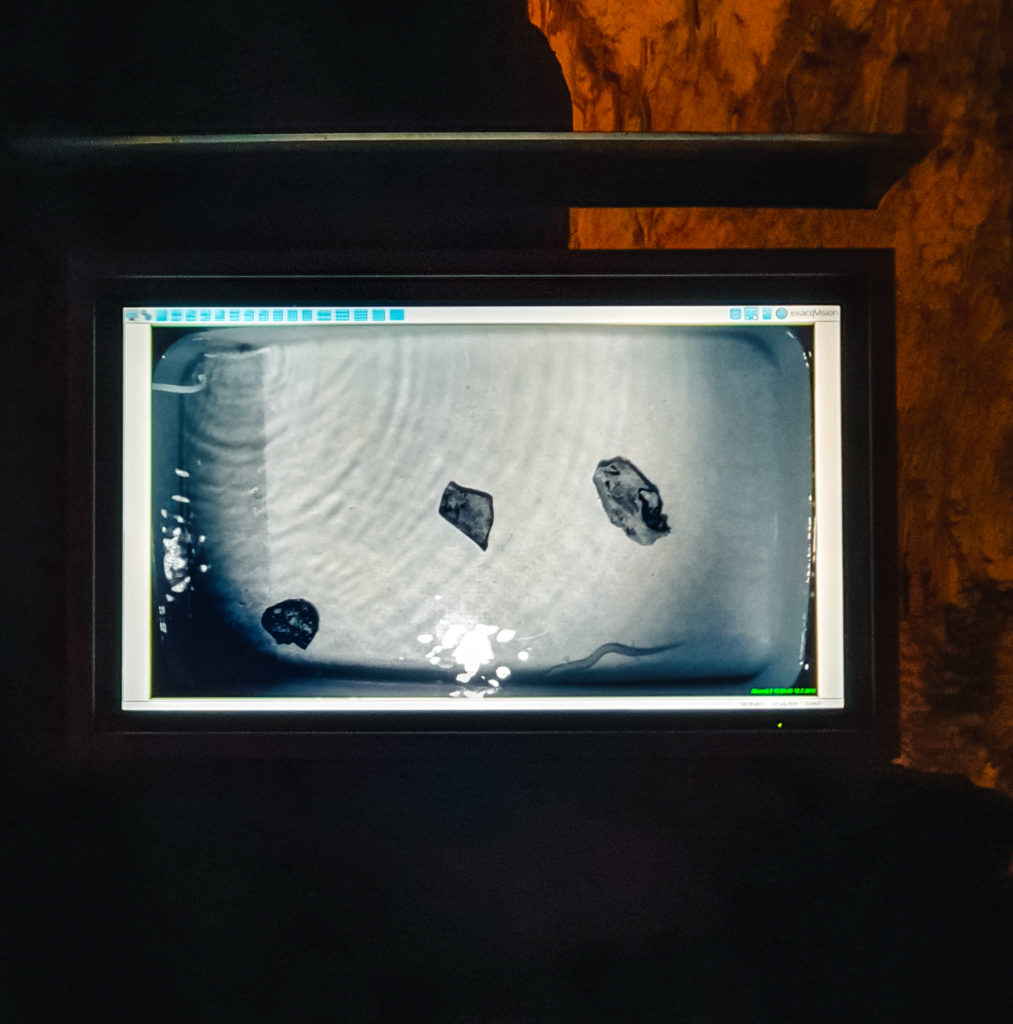
As an endemic animal (meaning, it can only be found in this part of the world) the human fish is the only vertebrate in the world that lives in the cave and is the world’s largest cave animal! (30 cm long). These unique animal species are protected by the law and are included on the list of rare and endangered animal species.
Getting there:
The Postojna Cave Park is located around 49 kilometres from Ljubljana and is easily accessible by any means of transport. If you arrive by car you should easily get a parking spot, as there are several parking lots. A full-day ticket for parking at the entrance to the Postojna Cave Park costs €5.
Postojna Cave is open all year round, even during holidays, while permanent cave hours differ in the winter months and the summer season. Ticket prices for an adult start at €28.50, student and child discounts are also available. To save time and money you can purchase Postojna Cave + Predjama Castle bundle for €40.90 a 🙂 But of course, all the information can be found here.
6. Piran

Piran is a jewel of the Slovenian Adriatic coast. It might be surprising for some, but yes, Slovenia does have a coast! It’s a short one (around 43 km long), but as beautiful as the more popular Croatian or Italian ones. Piran and 2 other cities: Koper and Izola, are a part of a region called Slovenian Istra, but Piran is the fans’ favourite. And for many good reasons!
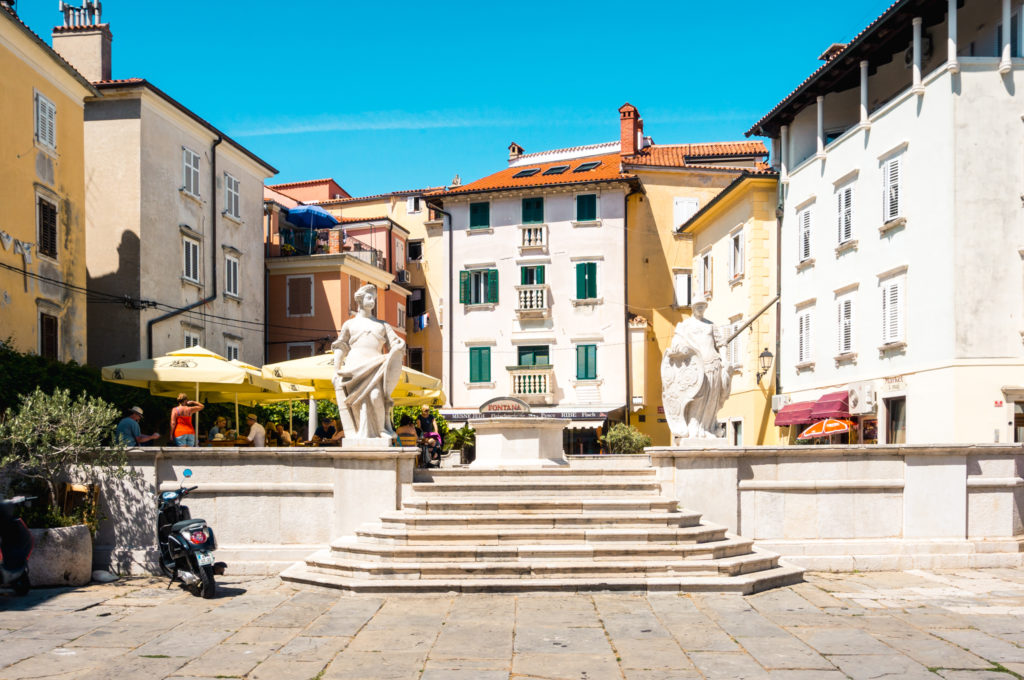
It is the combination of emerald waters of the Adriatic Sea, the colourful main square, winding alleyways, Venetian architecture, the picturesque city marina, medieval fortifications and great seafood that makes this city such a people magnet. And for me personally, it had a wonderfully relaxing and calm atmosphere, so it was a perfect destination to end of our Slovenian road trip with.
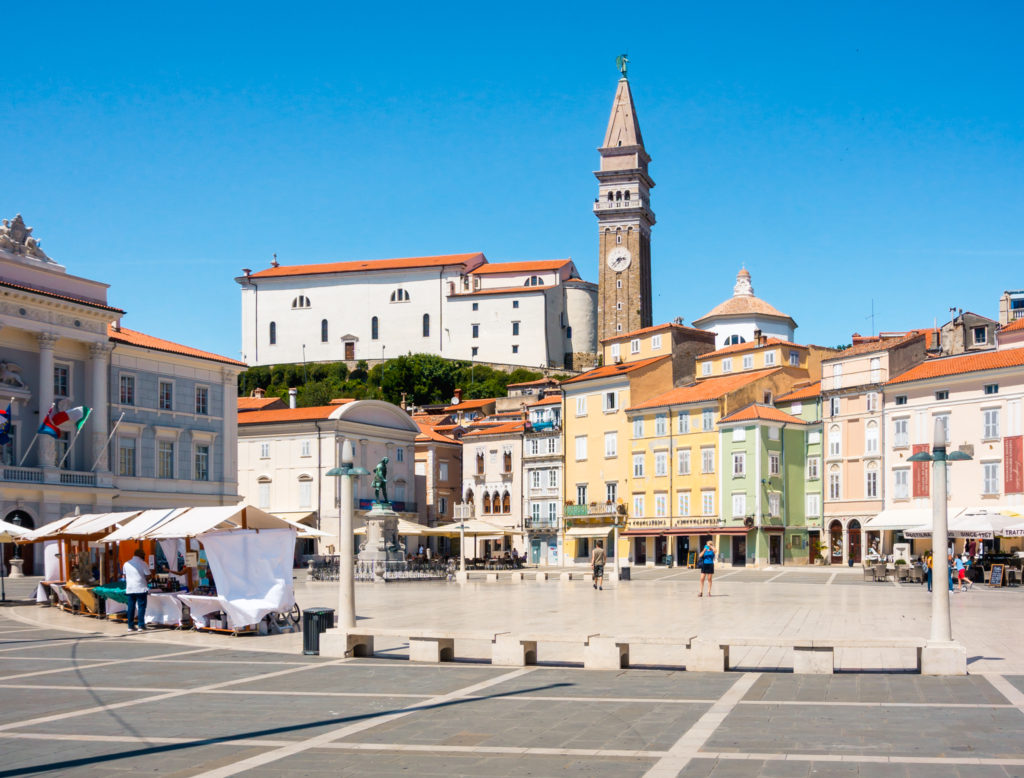
Life in Piran is centred around the pastel-coloured Tartini Square. It’s named after the famous 18th-century composer and violinist Giuseppe Tartini, who was born there. And a fun fact: it was actually the inner harbour until it was filled in 1894!
One of the lovely buildings on the square is the Venetian House. Known as Benečanka among the locals, it is the most beautiful example of Venetian Gothic architecture in Piran.

Romantic story alert!
Between the second-floor windows, there is a stone relief with the Latin inscription Lassa pur dir (Let them talk). Legend has it that a Venetian merchant fell in love with a beautiful Piranese girl and decided to build her a palace near the harbour. The envious residents were gossiping about the couple, so to show his true love for her he put that inscription on the façade.
The house was red until recently, but after it was revealed that the beige was the building’s original colour, the façade was repainted in that shade.
If you would like to see what Tartini Square looks like from a bird’s-eye view, head up to the Cathedral of St George’s and climb up to the top of the Bell Tower (Zvonik).

The tower is 46.5m high and was modelled on St Mark’s Campanile in Venice. It costs only €2 and you have to climb 143 steps (sometimes narrow and steep), but the 360 degrees views are incredible. You can literally see the whole city plus also Croatia to the south and Italy to the north!
But don’t be surprised or scared when you hear the bells ringing! The tower bells chime every 15 minutes, so if you’d like to avoid the loud noise, please time your visit accordingly 😉

Walls of Piran
I have already mentioned Piran’s medieval fortifications. To this day the city has preserved its medieval character as a clustered town composition, surrounded by a wall. The Walls of Piran were built between the 7th and early 16th centuries and are well preserved to this day.
To get to the entrance of the Walls from the centre you have to walk up the hill and up more than a few steep steps along the way. So if necessary, it might be better to visit the Walls early in the morning or late afternoon to avoid the struggle in the heat.

The entrance fee is only €3 per adult (€2 students) and the sights are fabulous. You can admire the whole peninsula in its glory, surrounded by sparkling blue waters of the sea!
More information you can find here.
Piran’s beaches
Although Piran is not your typical beach resort there are a few small public beaches you can enjoy.
Fornače Beach is located a short walk from the town’s centre and it’s mostly pebbles and concrete. If you prefer a shaded area, you can go up to the promenade and set up your camp on the grassy bit 🙂

The other sun-bathing spot is located at the end of Piran’s Promenade (Prešernovo nadbrežje), in a lovely cliffside setting. It is also a pebble beach, but if you prefer you can put your towels on the side of the rocky pavement. There are no trees around to provide relief from the sun though unless you find a spot by the wall to get some shade at the right time of the day 😉
But the good thing is you are right next to the cafes and restaurants, so you can get yourself a takeaway meal or coffee! Funny thing: we had to get our takeaway coffee in regular cafe cups as they didn’t have any paper ones. And the owner of the cafe trusted us enough to let us take the cups with us to the beach and bring them back later 🙂
Piran’s streets are incredibly quaint and lovely, colourful houses and narrow alleyways might make you feel like you’re in Italy or French Riviera.
And at the end of the day, you can enjoy a walk down the promenade by the sea, eat a beautiful seafood dish at one of many seaside restaurants, have a glass of wine or ice cream and watch the sun go down. I can almost guarantee there’s nothing better than these moments.
A thing you should know if you’re driving into Piran:
Are that cars are generally not allowed in the old town! (lovely for pedestrians actually). And even when they are it’s not a lot of fun since the streets are very narrow… and unless you are staying at a hotel that offers parking, you will not be able to park your car in town. You have to park outside the town centre and walk down for 10-15 minutes.
So whether you’re a nature lover or a city fan, a mountain hiker or a beach bum, a history buff or a fitness geek, you will find something for yourself in Slovenia. And there is so much more to explore than the 6 places on my list! So go and explore! And let me know in the comments what other places in Slovenia you would recommend 🙂
Love,
Jo xx

